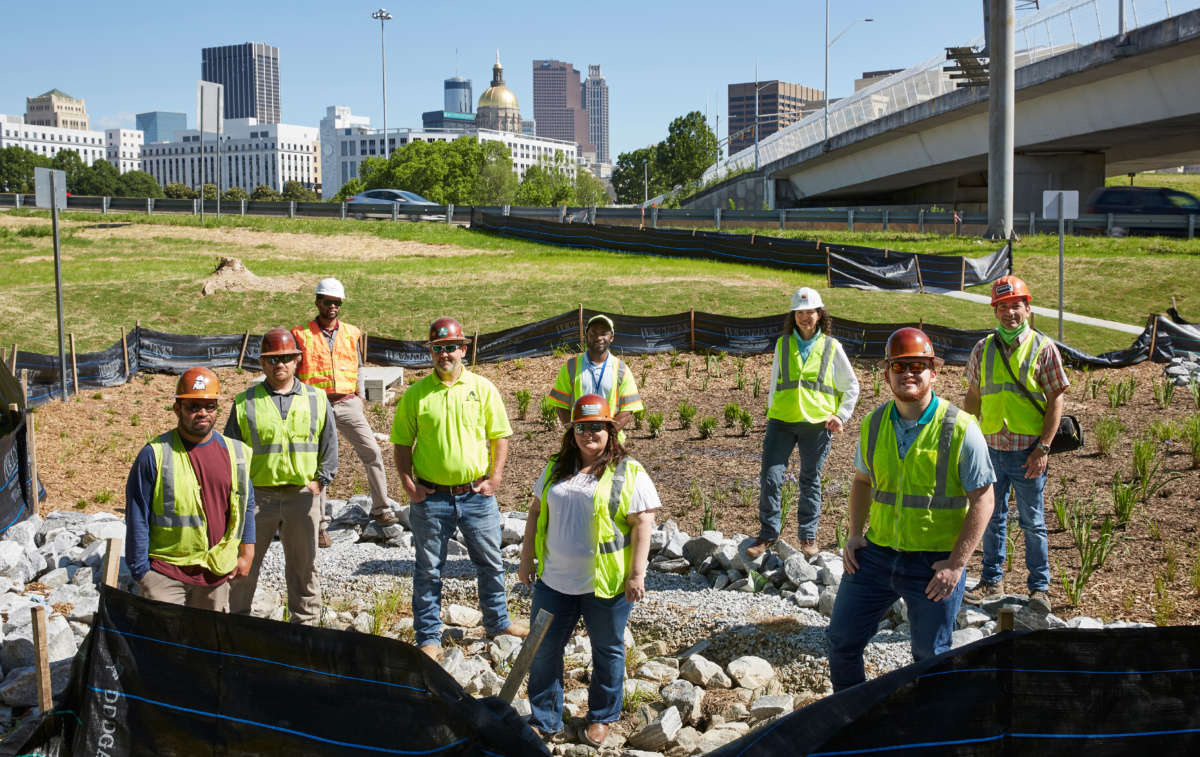Honest, paywall-free news is rare. Please support our boldly independent journalism with a donation of any size.
The Biden-Harris transition team identified COVID-19, economic recovery, racial equity and climate change as its top priorities. Rivers are the through-line linking all of them. The fact is, healthy rivers can no longer be separated into the “nice-to-have” column of environmental progress. Rivers and streams provide more than 60 percent of our drinking water — and a clear path toward public health, a strong economy, a more just society and greater resilience to the impacts of the climate crisis.
Public Health
Let’s begin with COVID-19. More than 24.1 million Americans have contracted the coronavirus and, tragically, more than 400,000 have died due to the pandemic. While health officials encourage hand-washing to contain the pandemic, at least 2 million Americans are currently living without running water, indoor plumbing or wastewater treatment. Meanwhile, aging water infrastructure is growing increasingly costly for utilities to maintain. That cost is passed along to consumers. The upshot? More than 13 million U.S. households regularly face unaffordable water bills — and, thus, the threat of water shutoffs. Without basic access to clean water, families and entire communities are at a higher risk of contracting and spreading COVID-19.
We have a moral duty to ensure that everyone has access to clean water to help prevent the spread of the coronavirus. Last spring, Congress appropriated more than $4 trillion to jumpstart the economy and bring millions of unemployed Americans back to work. Additional federal assistance — desperately needed — will present a historic opportunity to improve our crumbling infrastructure, which has been grossly underfunded for decades.
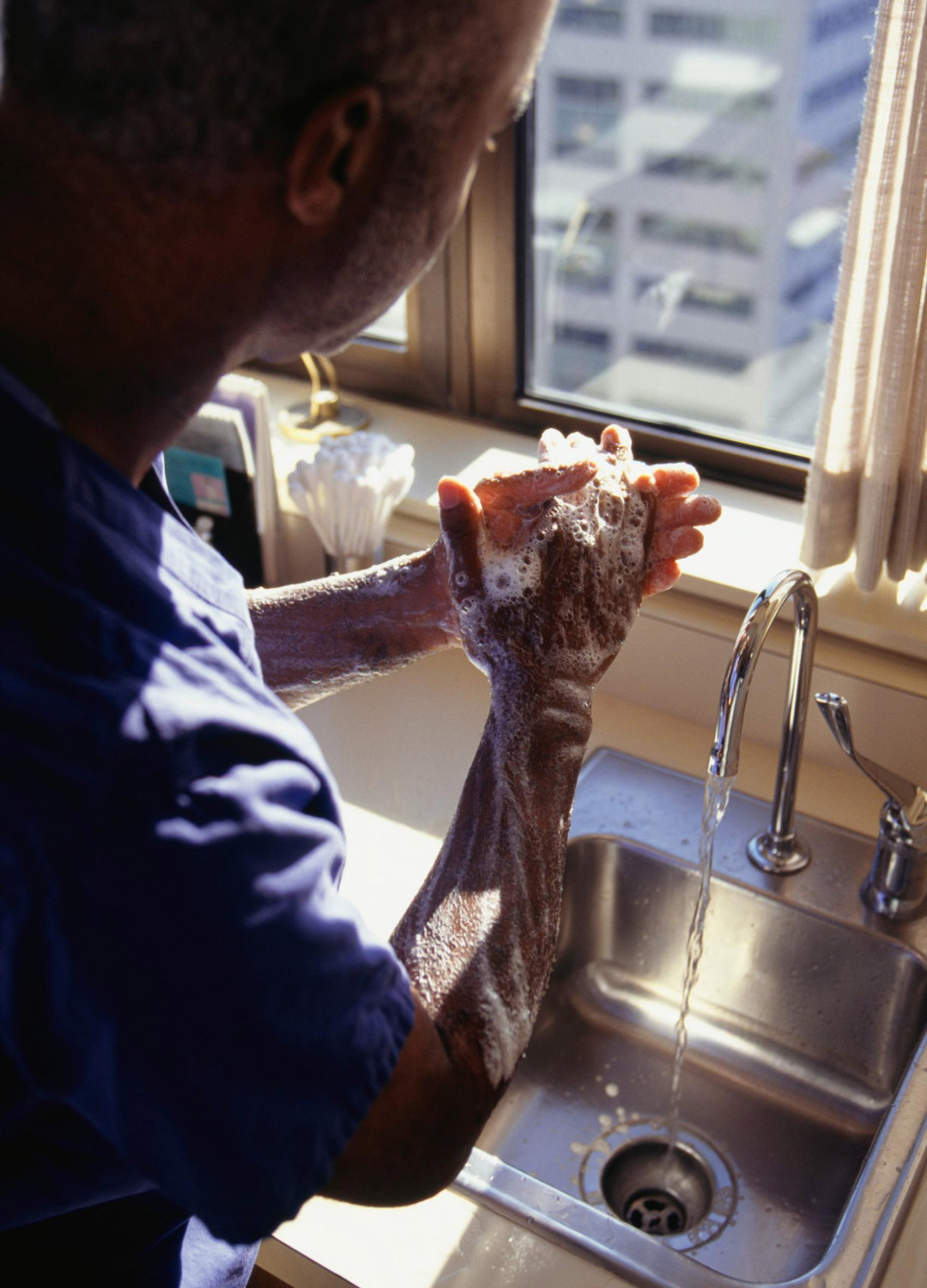
A report by my organization, American Rivers, suggests that Congress must invest at least $50 billion “to address the urgent water infrastructure needs associated with COVID-19,” including the rising cost of water. This initial boost would allow for the replacement and maintenance of sewers, stormwater infrastructure and water supply facilities.
Economic Recovery
Investing in water infrastructure and healthy rivers also creates jobs. Consider, for example, that every $1 million spent on water infrastructure in the United States generates more than 15 jobs throughout the economy, according to a report by the Value of Water Campaign. Similarly, every “$1 million invested in forest and watershed restoration contracting will generate between 15.7 and 23.8 jobs, depending on the work type,” states a working paper released by the Ecosystem Workforce Program, University of Oregon. Healthy rivers also spur tourism and recreation, which many communities rely on for their livelihoods. According to the findings by the Outdoor Industry Association, which have been shared in our report, “Americans participating in watersports and fishing spend over $174 billion on gear and trip related expenses. And, the outdoor watersports and fishing economy supports over 1.5 million jobs nationwide.”
After the 2008 financial crisis, Congress invested in infrastructure to put Americans back to work. The American Recovery and Reinvestment Act of 2009 (ARRA) allocated $6 billion for clean water and drinking water infrastructure to decrease unemployment and boost the economy. More specifically, an analysis of ARRA “showed conservation investments generated 15 to 33 jobs per million dollars,” and more than doubled the rate of return, according to a letter written in May 2020 by 79 members of Congress, seeking greater funding for restoration and resilience jobs.
Today, when considering how to create work for the 10.7 million who are currently unemployed, Congress should review previous stimulus investments and build on their successes by embracing major investments in water infrastructure and watershed restoration.
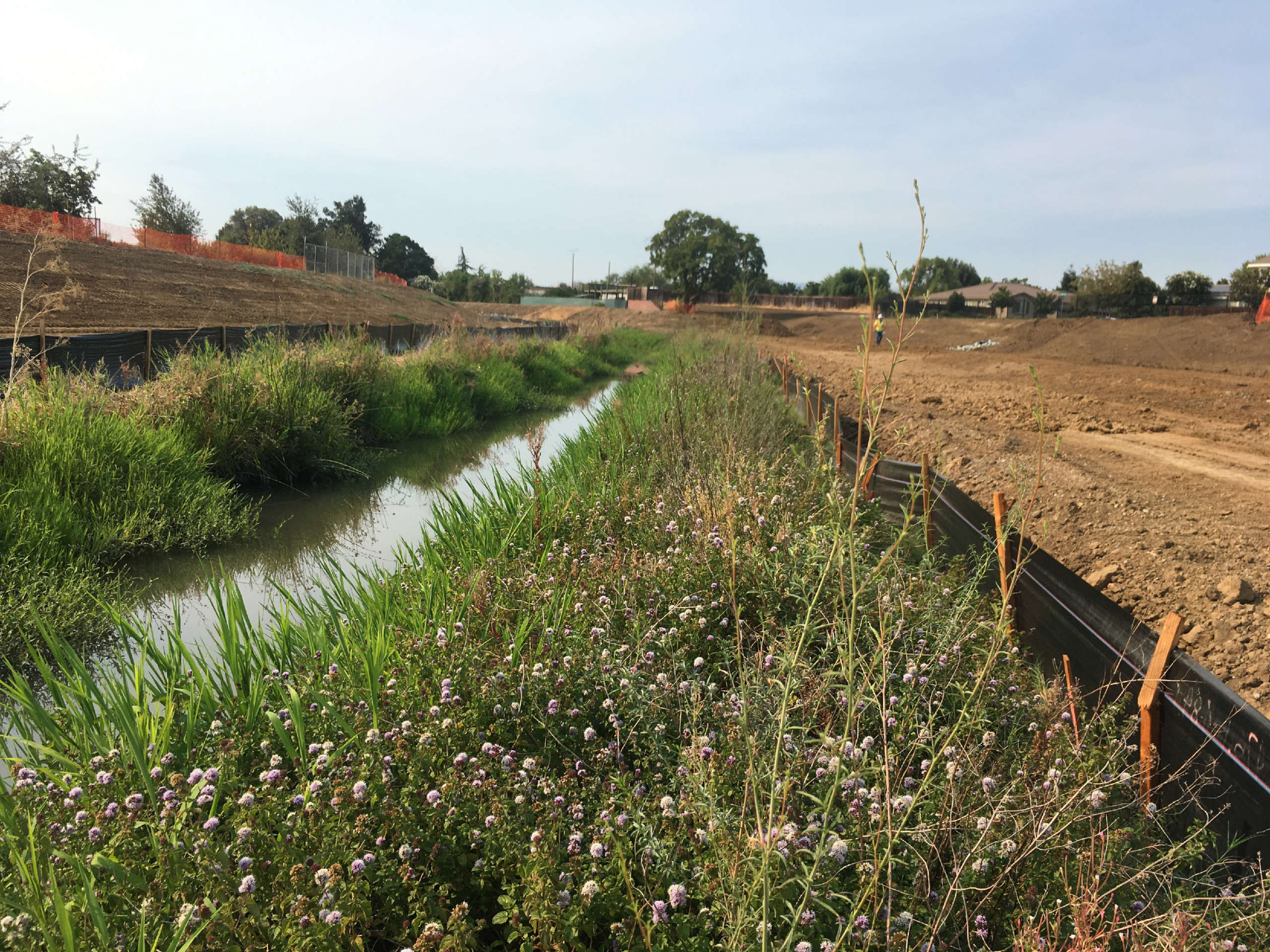
Racial Justice
American Rivers also recommends that Congress dedicate $500 billion for rivers and clean water over the next 10 years — not just for the benefit of our environment and economy, but also to begin to address the United States’ history of deeply entrenched racial injustice.
Each one of the 23,000-75,000 sewer overflows that occur each year releases up to 10 billion gallons of toxic sewage every day into rivers and streams. This disproportionately impacts communities of color, because, for generations, Black, Indigenous, Latinx and other people of color have been relegated to live in flood-prone areas and in neighborhoods that have been intentionally burdened with a lack of development that degrades people’s health and quality of life. In some communities of color, incessant flooding due to stormwater surges or combined sewer overflows has gone unmitigated for decades.
We have historically treated people as separate from rivers and water. We can’t do that anymore. Every voice — particularly those of people most directly impacted — must have a loudspeaker and be included in decision-making at the highest levels.
Accordingly, the new administration must diligently invest in projects at the community level that will improve lives in our country’s most marginalized communities. We also must go further to ensure that local leaders have a seat at the decision-making table. To this end, the Biden-Harris administration should restore Section 401 of the Clean Water Act, which was undermined by the Trump administration’s 2020 regulatory changes. This provision gives states and tribes the authority to decide whether major development projects, such as hydropower and oil and gas projects, move forward.
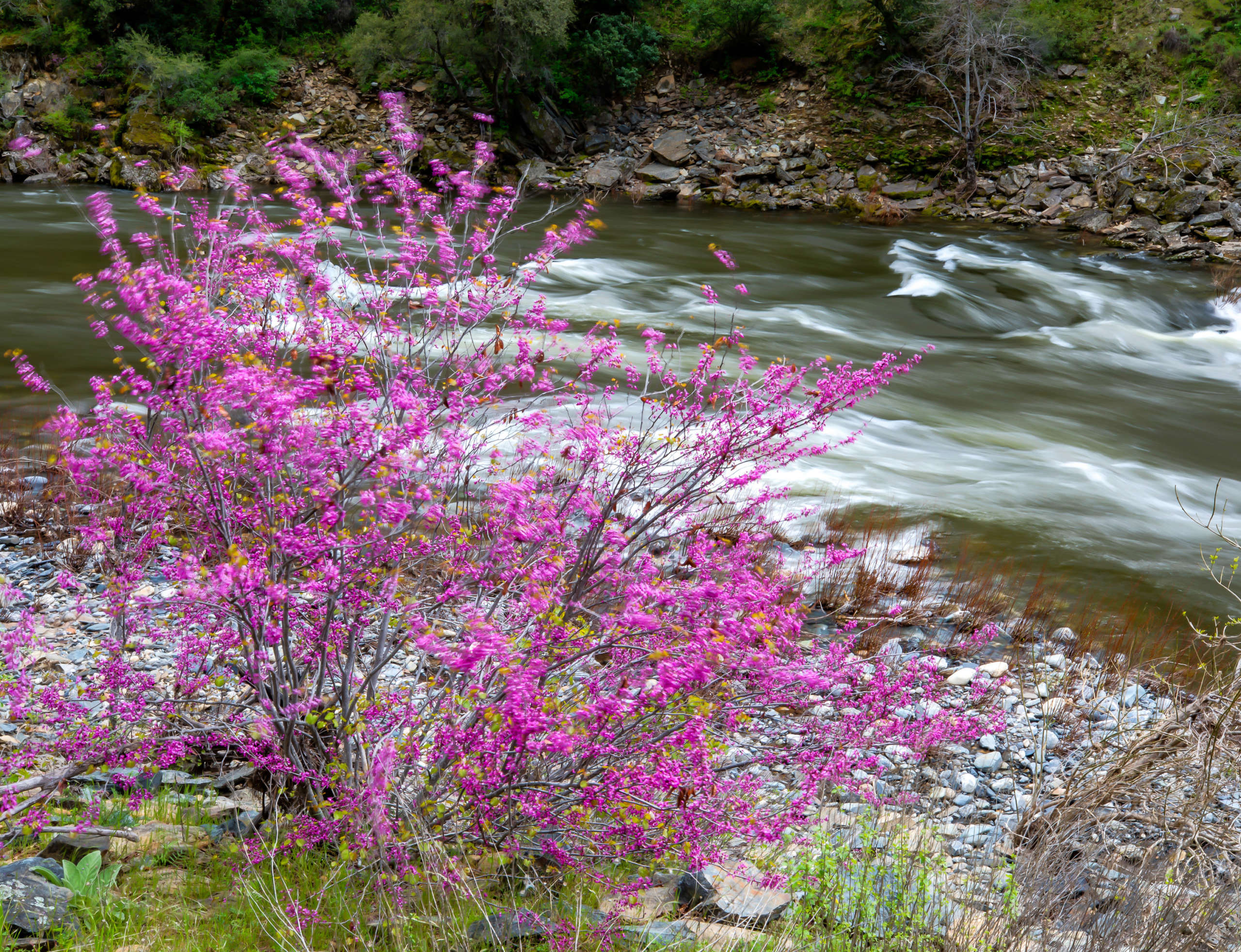
Climate Resilience
Of course, the menacing shadow looming over it all? Climate change. More than 100 climate-related catastrophes have pummeled the Earth since the pandemic was declared last spring, including the blitzkrieg of megafires, superstorms and heat waves witnessed during the summer of 2020, directly impacting the lives of more than 50 million people globally.
Water and climate scientist Brad Udall often says, “Climate change is water change.” In other words, the most obvious and dire impacts of climate change are evidenced in profound changes to our rivers and water resources. You’ve likely seen it where you live: Floods are more damaging and frequent. Droughts are deeper and longer. Uncertainty is destabilizing industry and lives.
By galvanizing action for healthy rivers and managing our water resources more effectively, we can insure future generations against the consequences of climate change. First, we must safeguard rivers that are still healthy and free-flowing. Second, we must protect land and property against the ravages of flooding. And finally, we must promote policies and practical solutions that take the science of climate disruption into account when planning for increased flooding, water shortage and habitat disruption.
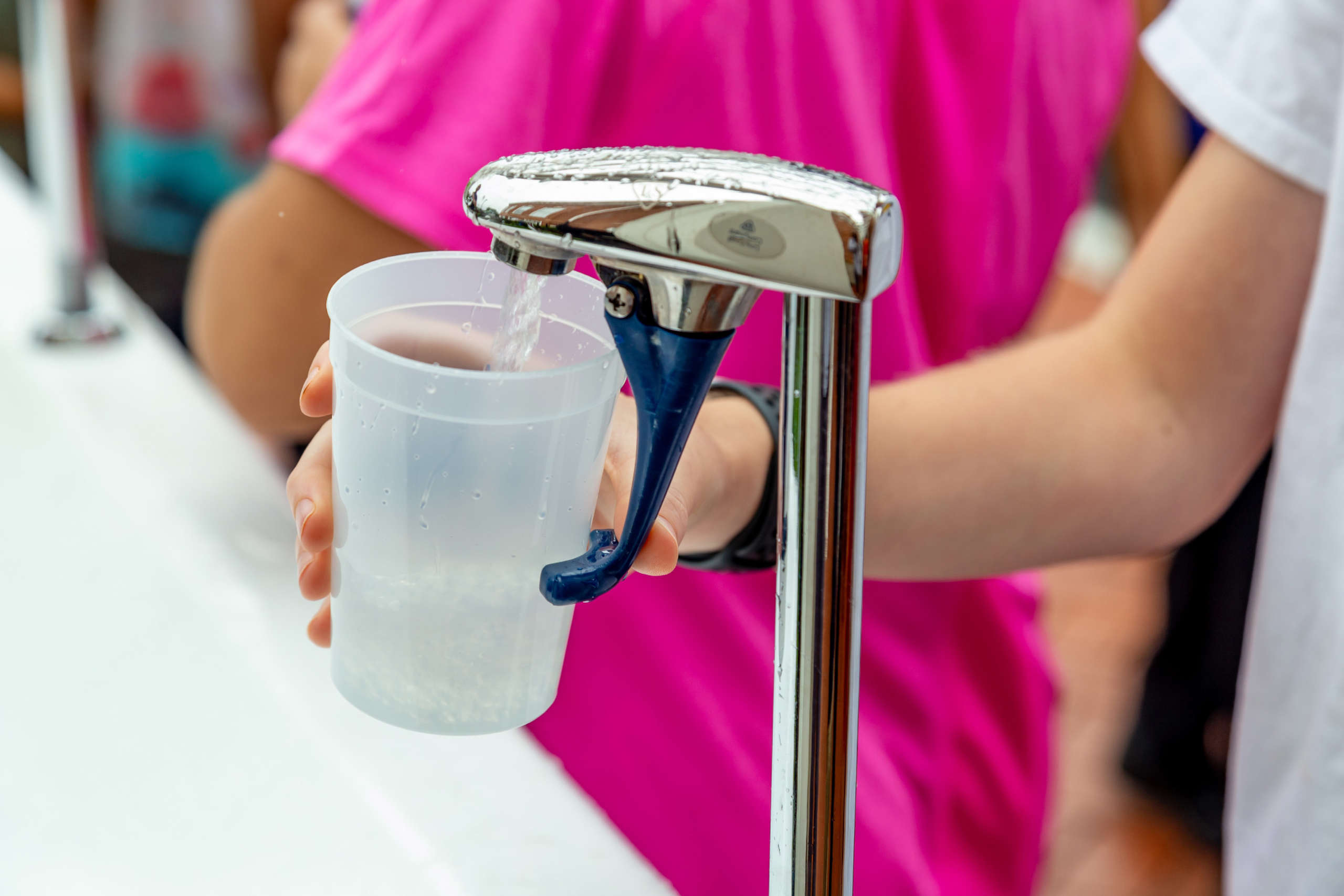
Imagine all that rivers do for us. Most of our towns and cities have a river running through them or flowing nearby. Rivers provide clean drinking water, irrigate crops that provide our food, power our homes and businesses, provide wildlife habitat, and are the lifeblood of the places where we enjoy and explore nature, and where we play and nourish our spirits. Healthy watersheds help mitigate climate change, absorbing and reducing the amount of carbon in the atmosphere. Healthy rivers and floodplains help communities adapt and build resilience in the face of climate change by improving flood protection and providing water supply and quality benefits. Rivers are the cornerstones of healthy, strong communities.
The more than 3 million miles of rivers and streams running across our country are a source of great strength and opportunity. When we invest in healthy rivers and clean water, we can improve our lives. When we invest in rivers, we create jobs and strengthen our economy. When we invest in rivers, we invest in our shared future.
This article was produced by Earth | Food | Life, a project of the Independent Media Institute.
Media that fights fascism
Truthout is funded almost entirely by readers — that’s why we can speak truth to power and cut against the mainstream narrative. But independent journalists at Truthout face mounting political repression under Trump.
We rely on your support to survive McCarthyist censorship. Please make a tax-deductible one-time or monthly donation.
